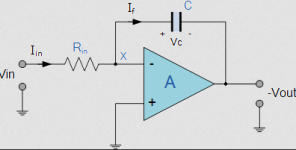TommyCat
10 kW
You’ve talked me out of the simulation for now.
I think I’ll stick with the delay/soft start idea at this time for the issue of excessive start power at the beginning of throttle twist.
Do you have a cruise circuit that will try to maintain SPEED at a certain throttle voltage output? Like an automobile…
I think I’ll stick with the delay/soft start idea at this time for the issue of excessive start power at the beginning of throttle twist.
Do you have a cruise circuit that will try to maintain SPEED at a certain throttle voltage output? Like an automobile…




